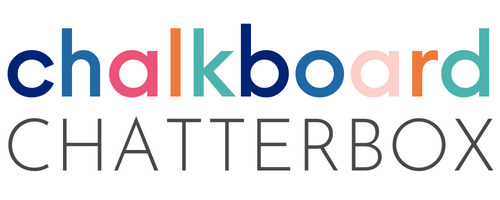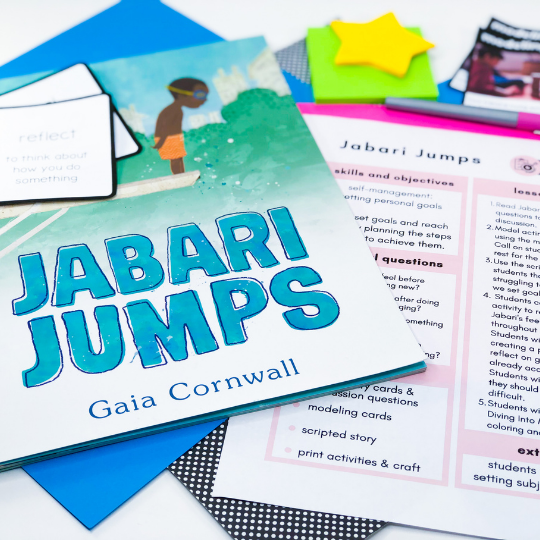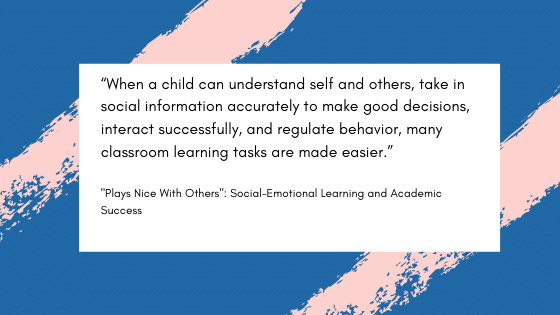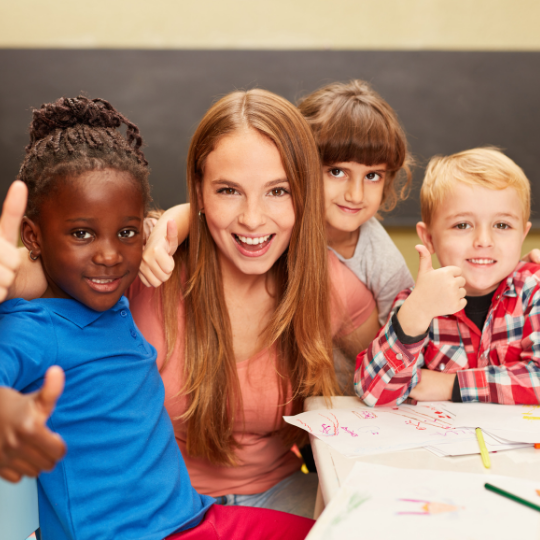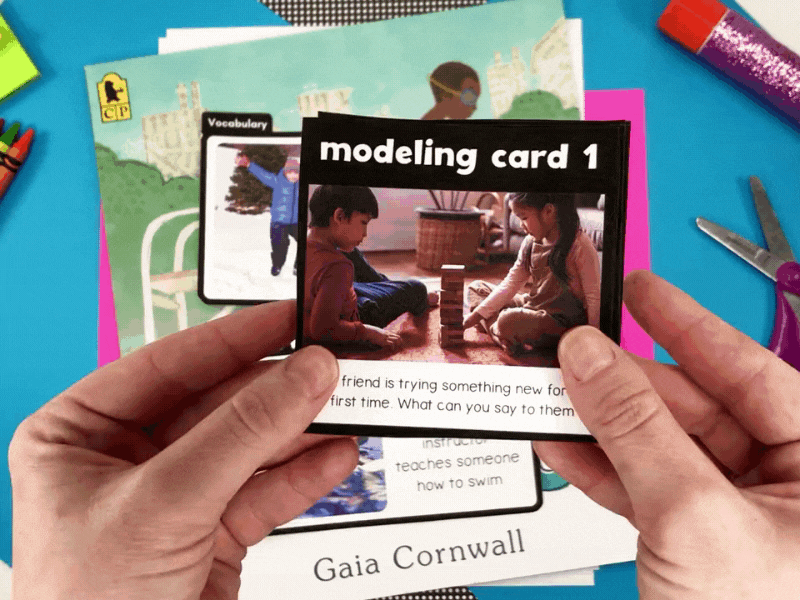How to Integrate Social Emotional Learning into the Curriculum
You don’t have to change your schedule to incorporate social emotional learning into your routine. You don’t need a fancy curriculum to integrate social emotional learning into everyday instruction. After reading, you’ll have new ways to teach SEL with ease. You’ll learn:
When to integrate social emotional learning into your schedule
Social emotional learning activities to try in your classroom
When to Integrate SEL into Your Schedule
As classroom schedules provide less flexibility, it can be difficult to find time to teach SEL lessons.
Social emotional learning doesn’t have to take up a significant part of the day. You can sprinkle in SEL lessons with the books you read, how you partner students, or with the feedback that you provide.
Social Emotional Learning with Books
There are a wide variety of picture books that beautifully teach and model lessons and skills.
Instead of using a district-provided mentor text, swap it out with a social emotional learning book that will cover the same standards.
Students can participate in classroom discussions about the book to make connections to their personal lives.
Social Emotional Learning with Partner Work
School is a natural environment for students to develop SEL skills. We can help students develop healthy peer relationships by providing opportunities for working in partnerships and groups.
Researchers have found a correlation between students that have positive social skills and high academic achievement.
“When a child can understand self and others, take in social information accurately to make good decisions, interact successfully, and regulate behavior, many classroom learning tasks are made easier.”
Social Emotional Learning with Feedback
You can give students a boost to their social-emotional learning by using positive and descriptive feedback.
When students are doing a good job, we can provide encouragement by giving intentional feedback.
Intentional Feedback to Give to Your Students:
“Excellent job using problem-solving to…”
“You’re working so hard on…”
“I bet you feel proud of yourself for…”
When students show success in an area, they’re more likely to seek other opportunities to practice new skills.
Social Emotional Learning Activities
Have a little extra time in your schedule for a SEL activity? Check out the activities to try in your classroom.
Scripted Social Stories
Do you have a student that’s struggling with a certain social skill? You can use scripted social stories to provide instruction for students to develop appropriate social skills.
Students can use their book as a reminder of ways to respond in different situations.
Modeling Situations
Put your students on stage and let them act out appropriate social skills needed for different situations.
Sensory Glitter Bottles
Teach students strategies to regulate their emotions using sensory bottles. Sensory bottles can be used as a calming tool for students that are showing signs of frustration.
Wrap-Up & Action Steps
With these simple strategies, you can integrate SEL into your classroom today.
Try swapping out your mentor text with a SEL book
Use intentional feedback to give students a self-esteem boost
When we give our students opportunities for social-emotional growth, we will also see academic growth and success.
Want to try this later? Save these Social Emotional Learning Tips to your favorite Pinterest board.
You’ll love these related posts
